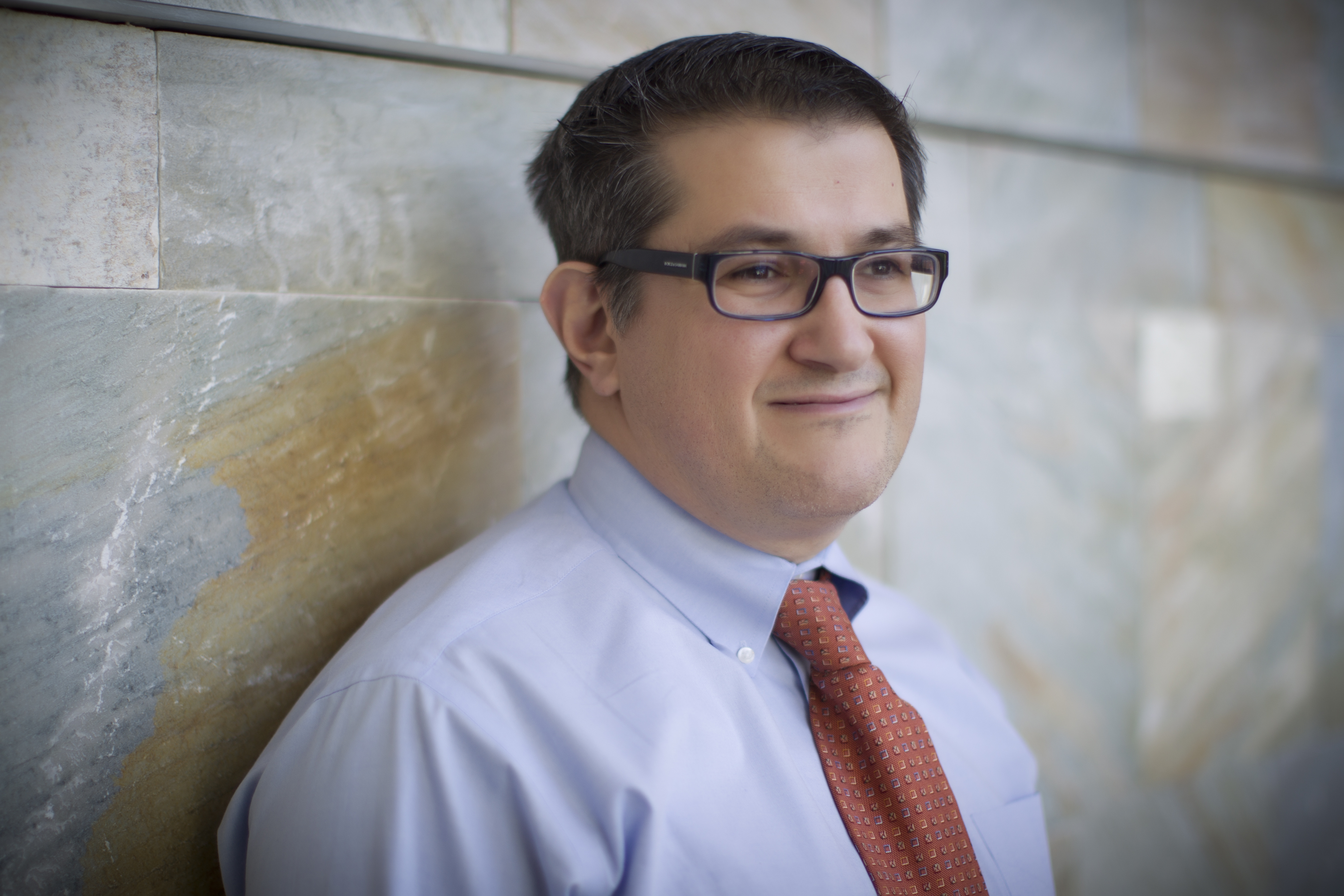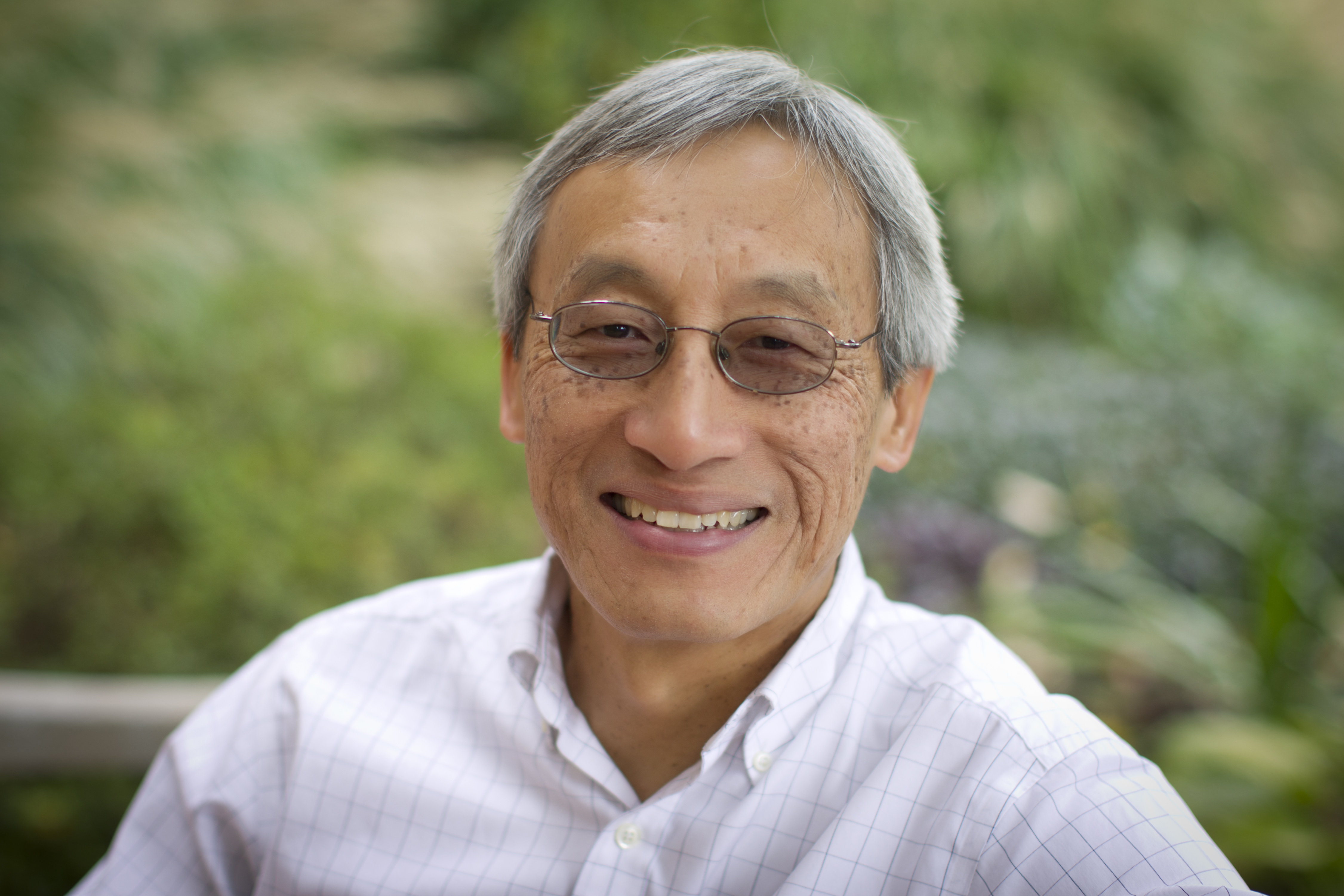

An investigational compound designed to block a hyperactive cell growth signal in advanced melanoma and other cancers has shown some promise in an early-stage clinical trial, researchers at the University of North Carolina Lineberger Comprehensive Cancer Center and other institutions have reported.
In JCI Insight, UNC Lineberger’s Stergios Moschos, MD, and colleagues published the results of a phase I, multi-institution clinical trial for an investigational treatment for melanoma and other cancers with mutations in the BRAF or RAS genes. The study involved 26 patients and investigated the novel compound MK-8353, which is designed to block a signaling protein called ERK that has been shown to help drive cancer cell growth in resistant melanoma and other diseases. ERK is the last step in the RAS-RAF-MEK-ERK signaling cascade.
While targeted treatments have been approved for melanoma and lung cancers with a specific mutation in the BRAF gene — which causes a cascade of cell growth signals to become hyperactive — the majority of patients develop resistance to these treatments, and their cancer comes back, most commonly due to ERK reactivation. To combat resistance, researchers at UNC Lineberger and other institutions investigated the MK-8353 compound to block ERK to overcome resistance to anti-BRAF drugs.
In this new study, three of the 15 patients who had results that could be evaluated experienced partial responses to the investigational treatment. All of those patients who had a partial response had BRAF-mutant melanoma.
The researchers noted that although their study included a small number of patients, this response rate was similar to rates seen in studies for other treatments, such as MEK inhibitors. Moschos said the lower response rates mean scientists should consider using the compound in combination with other treatments.
“The response rate that we saw for ERK inhibitors is reminiscent of the response seen with MEK inhibitors,” said Moschos, who is an associate professor in the UNC School of Medicine. “We think, therefore, that ERK inhibitors cannot be given as single agents, just like MEK inhibitors. The question is: Which combination is best?”
In addition to investigating the compound’s anti-tumor effects, the study’s other purpose was to determine the dose level that study participants could be given safely without causing serious side effects. They found that patients could tolerate the treatment up to 400 milligrams twice daily. Moschos said that due to the toxicities of the treatment, future studies should consider different dosing schedules, such as using the compound once per day, or twice per day, every few days.
“This alternative approach may balance higher, though more temporal, suppression of pERK at the tumor tissue in favor of sparing sustained suppression of ERK signaling in normal tissues,” the researchers reported.
The trial is part of a larger ongoing research effort by UNC Lineberger to investigate whether ERK inhibitors can have a role in treating cancers.
UNC Lineberger’s Channing Der, PhD, Sarah Graham Kenan Distinguished Professor in the UNC School of Medicine Department of Pharmacology, is working on preclinical studies to identify drug combinations that will enhance ERK inhibitor anti-tumor activity and minimize drug toxicity for patients. One promising combination identified is the basis for a UNC Lineberger phase I clinical trial, led by UNC Lineberger’s Autumn McRee, MD, associate professor in the UNC School of Medicine, to study a different investigational ERK inhibitor combination in patients with pancreatic cancer.
“ERK certainly stimulates factors that promote cancer growth,” Der said. “ERK is very complex, and it’s still surprisingly poorly understood, but what is very clear is that it is required for cancer growth, and that’s why there are a number of inhibitors in this pathway that are either approved, or under clinical evaluation. Clearly, drug companies for good reason have decided that this is an important pathway, let’s make inhibitors against it.”
In addition to Moschos, other authors are Ryan J. Sullivan and Keith T. Flaherty, co-corresponding author of the study, Massachusetts General Hospital Cancer Center; Wen-Jen Hwu, University of Texas MD Anderson Cancer Center; Ramesh K. Ramanathan, Translational Genomics Research Institute in Phoenix; Alex A. Adjei, Roswell Park Cancer Institute; Peter C. Fong, University of Auckland and Auckland City Hospital; Ronnie Shapira-Frommer, Chaim Sheba Medical Center; Hussein A. Tawbi, University of Pittsburgh School of Medicine; Joseph Rubino, Thomas Rush, Da Zhang, Nathan R. Miselis, Ahmed A. Samatar, Patrick Cun, Eric H. Rubin, James Schiller, Brian J. Long, Priya Dayananth, Donna Carr, Paul Kirschmeier, W. Robert Bishop, Yongqi Deng, Alan Cooper, and Gerald W. Shipps, Merck & Co Inc.; and Blanca Homet Moreno, Lidia Robert and Antoni Ribas, University of California Los Angeles.
The study was supported by the Merck Sharp & Dohme Corp., a subsidiary of Merck & Co Inc., and the National Institutes of Health.
